Expansion of End-Use Applications
The Hydrofluoroolefin Market Hfo Market is expanding its reach across various end-use applications, which is a key driver of market growth. HFOs are increasingly being utilized in sectors such as automotive, commercial refrigeration, and industrial applications due to their favorable properties. For instance, the automotive industry is adopting HFO-1234yf as a refrigerant in air conditioning systems, which is expected to contribute to a substantial market share. Additionally, the use of HFOs in foam blowing applications is gaining momentum, as manufacturers seek to produce more sustainable products. This diversification of applications not only enhances the market potential for HFOs but also encourages innovation within the Hydrofluoroolefin Market Hfo Market.
Regulatory Compliance and Standards
The Hydrofluoroolefin Market Hfo Market is experiencing a surge in demand due to stringent regulatory frameworks aimed at reducing greenhouse gas emissions. Governments worldwide are implementing policies that favor low-GWP (Global Warming Potential) refrigerants, which include hydrofluoroolefins. For instance, the European Union's F-Gas Regulation has set ambitious targets for phasing down high-GWP substances, thereby creating a favorable environment for HFO adoption. This regulatory compliance not only drives market growth but also encourages manufacturers to innovate and develop HFO-based products that meet these standards. As a result, the Hydrofluoroolefin Market Hfo Market is likely to witness increased investments in research and development, further propelling its expansion.
Investment in Research and Development
Investment in research and development is a crucial driver for the Hydrofluoroolefin Market Hfo Market, as companies strive to innovate and improve HFO formulations. The focus on developing new HFO products that offer better performance and lower environmental impact is paramount. Industry players are allocating significant resources to R&D initiatives aimed at enhancing the efficiency and safety of HFOs in various applications. This commitment to innovation is likely to yield new products that meet evolving regulatory standards and consumer expectations. As a result, the Hydrofluoroolefin Market Hfo Market is poised for growth, driven by advancements in technology and the continuous improvement of HFO formulations.
Rising Demand for Eco-Friendly Solutions
The Hydrofluoroolefin Market Hfo Market is witnessing a notable increase in demand for eco-friendly refrigerants as industries strive to minimize their carbon footprint. With growing awareness of climate change and environmental sustainability, businesses are actively seeking alternatives to high-GWP refrigerants. The shift towards HFOs, which are recognized for their lower environmental impact, is becoming a strategic priority for many companies. Market data suggests that the adoption of HFOs in sectors such as refrigeration, air conditioning, and foam blowing is expected to rise significantly, driven by both consumer demand and regulatory pressures. This trend underscores the Hydrofluoroolefin Market Hfo Market's potential for growth as it aligns with global sustainability goals.
Technological Innovations in Refrigeration
Technological advancements play a pivotal role in shaping the Hydrofluoroolefin Market Hfo Market. The development of new refrigeration systems that utilize HFOs is gaining traction, as these systems offer enhanced energy efficiency and lower environmental impact compared to traditional refrigerants. For example, the introduction of HFO-1234yf in automotive air conditioning systems has demonstrated significant reductions in GWP, making it a preferred choice among manufacturers. Furthermore, ongoing research into HFO blends and their applications in various sectors, such as commercial refrigeration and HVAC systems, indicates a robust growth trajectory for the Hydrofluoroolefin Market Hfo Market. This technological innovation not only meets regulatory demands but also aligns with consumer preferences for sustainable solutions.
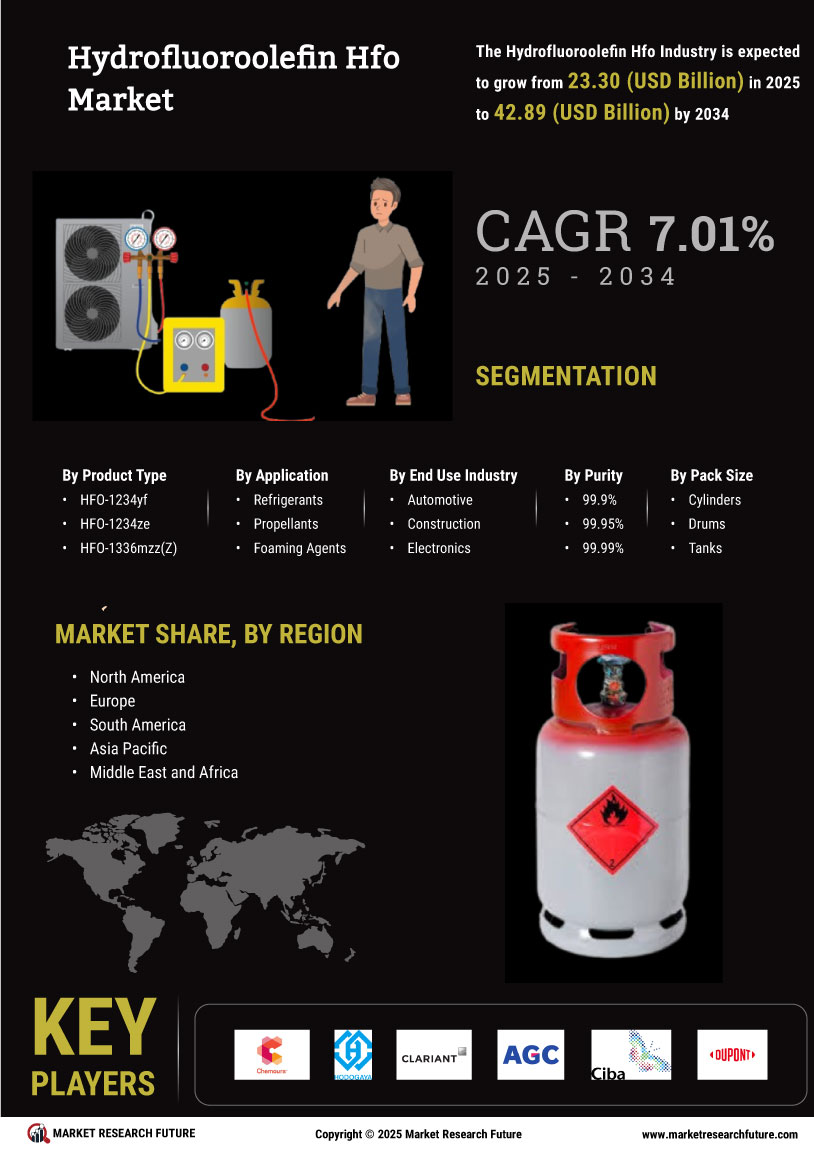

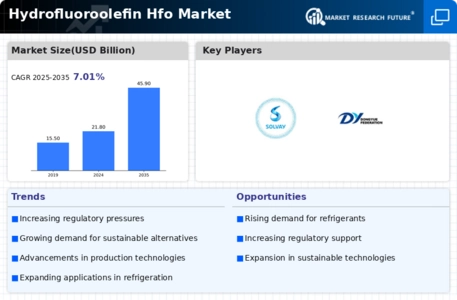
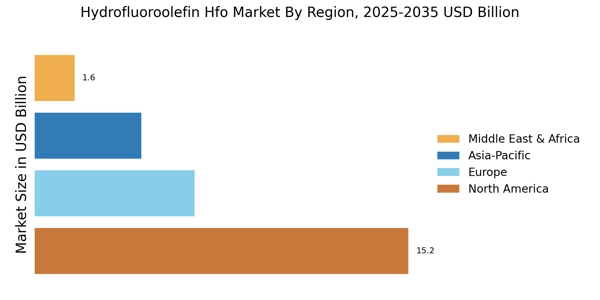
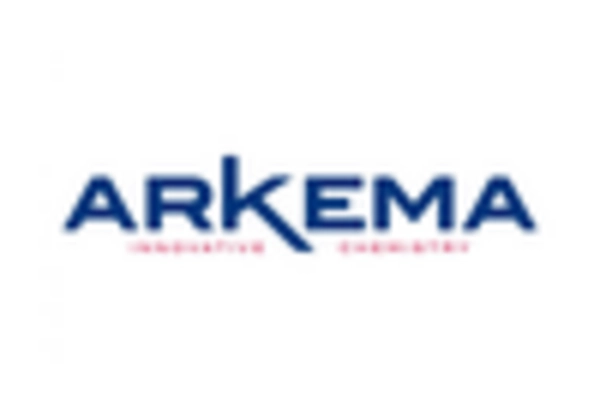
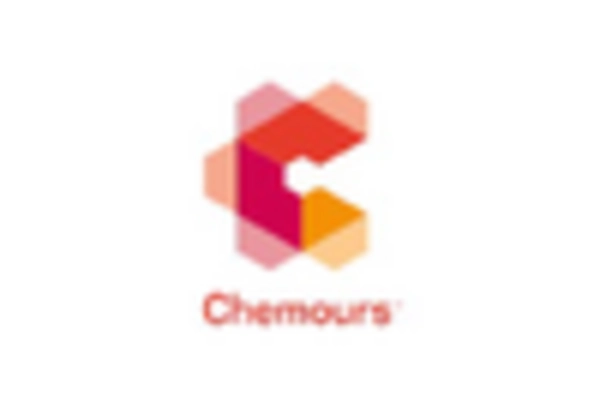
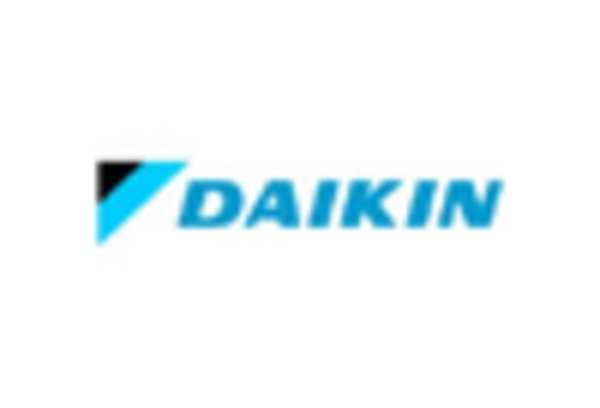

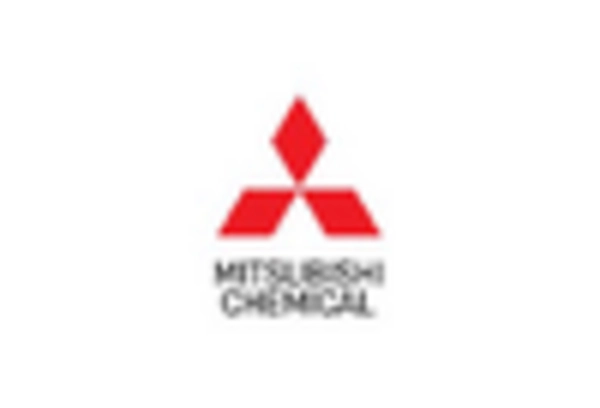
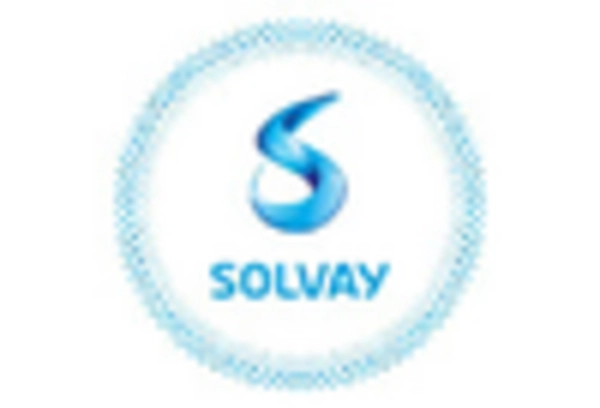








Leave a Comment